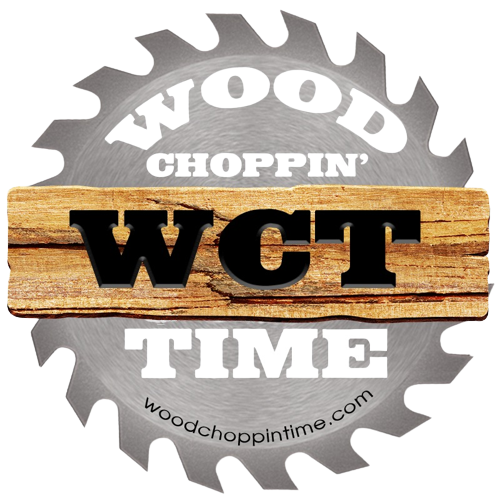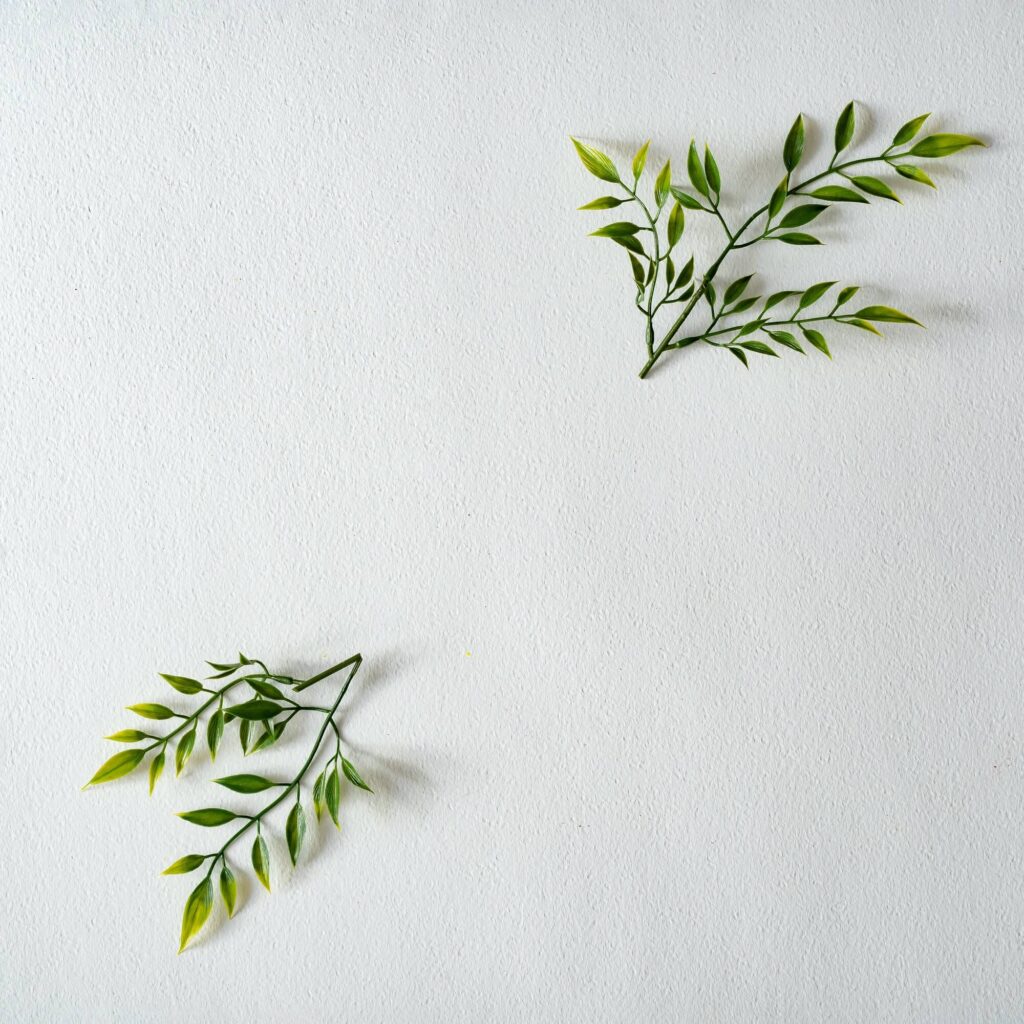The holidays are behind us now and a new year is here. Hip hip hooray for the new year 2014!!
Okay with the dinner dates, social gatherings and end of the year traditions out of the way, it’s now time to get back on schedule. It’s Friday again and having drove my van, I’m back at Dennis’s workshop.
Dennis hasn’t quite made it out from the kitchen to the shop yet. In his home the coffee is brewing and he finally goes out to fire up his propane heater. While we are waiting for the chill to vacate the premises of his shop, I brought along my Stanley 45 plane to inquire about a few of the unique blades in my box..
 Now the Stanley 45 was an interesting plane. It was supposed to be a universal hand plane that did the work of 7 different wooden hand planes. It could do grooves, rabbits, nosings, reeding, fluting, beading and dare I say, filisting. It appears that the 45 came with 20 different blades. I however had 33. So i felt the need to compare mine with Dennis’s. Dennis had less blades than mine. And he, like myself, was intrigued what these extra blades were, and HOW they worked.
Now the Stanley 45 was an interesting plane. It was supposed to be a universal hand plane that did the work of 7 different wooden hand planes. It could do grooves, rabbits, nosings, reeding, fluting, beading and dare I say, filisting. It appears that the 45 came with 20 different blades. I however had 33. So i felt the need to compare mine with Dennis’s. Dennis had less blades than mine. And he, like myself, was intrigued what these extra blades were, and HOW they worked.
Well long story short, it seems that I had some blades from a Stanley 55 hand plane mixed into mine. And although the blades fit into the hand plane, it could not perform properly because the body of the hand plane is different from the 55 to the 45.
Ehh, well that was my A.D.D moment. So now starts the true purpose of our day, making our panel raising hand plane. We previously drilled holes on the mouth from the bottom,and were chiseling our way down from the top forming the bed. This was a slow process. We were able to use a compass saw to cut the abutments to form the cheeks. and continued to form the escape opening for the shavings.
We then switched to using three different, yet seemingly similar looking tools . The file,  the rasp, and the float. Most of us are familiar with a file. It’s a flat piece of steel with lightly milled serrations used for removing material with each pass. This however, it still requires a sanding with sandpaper to bring it to a final smooth finish.
the rasp, and the float. Most of us are familiar with a file. It’s a flat piece of steel with lightly milled serrations used for removing material with each pass. This however, it still requires a sanding with sandpaper to bring it to a final smooth finish.
The rasp is more aggressive than a file. It’s formed by a machine punching and curling the metal producing a tooth like edge. The rasp would be followed by the file, and then sandpaper.
The float is also a milled piece of steel, but unlike a file it has razor sharp teeth. Although the float appears to be the most aggressive looking of the three, it will surprise you to know it leaves an ultra smooth finish. Think of it more as a series of finely sharpened block planes.
These tools got us to our final stopping point for the day. Now I might mention at this point this is NOT our final hand plane. No, this is just our practice piece to make sure our dimensions are correct. So while i was chiseling, filing, rasping and floating,
Dennis was unwrapping his newly purchased antique axe. This of course lead me to questions and will naturally be the sidebar topic for next week. So until then keep your hands working and your feet dancin’ !!!


